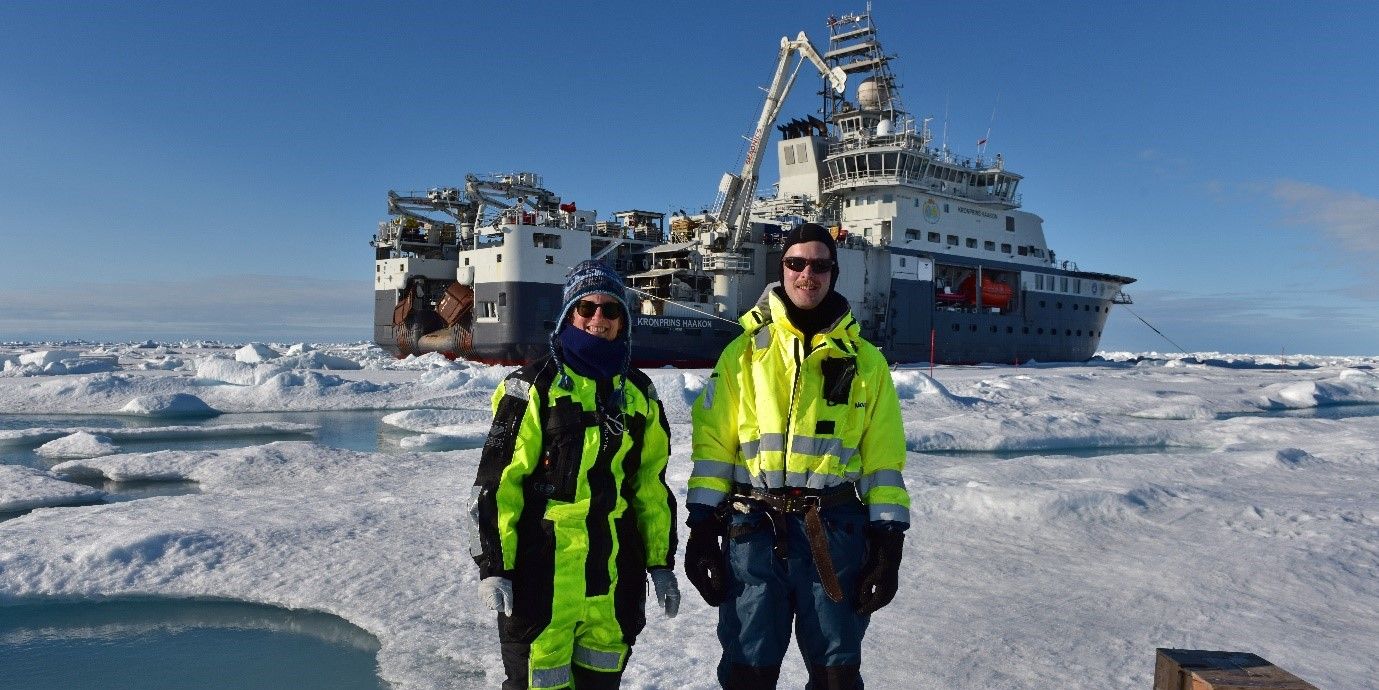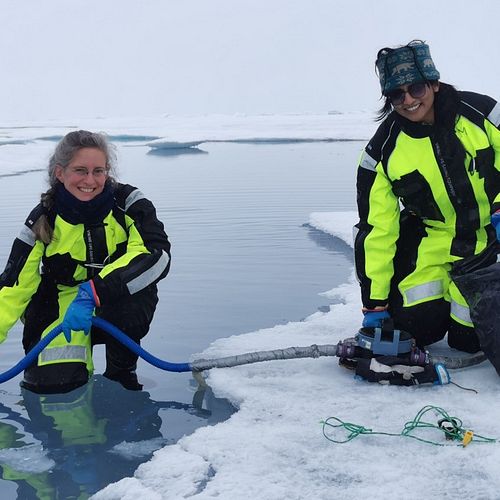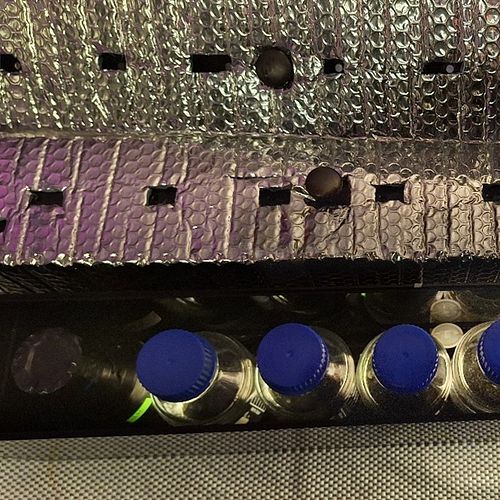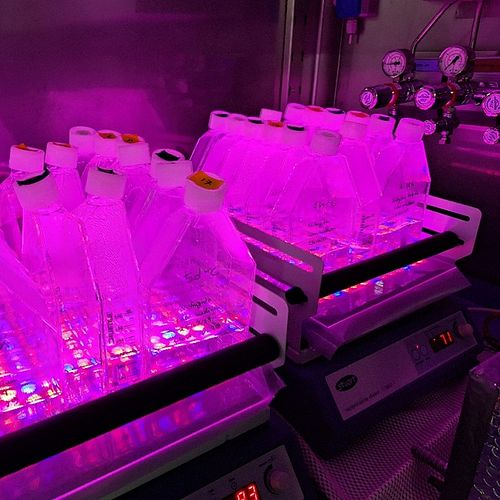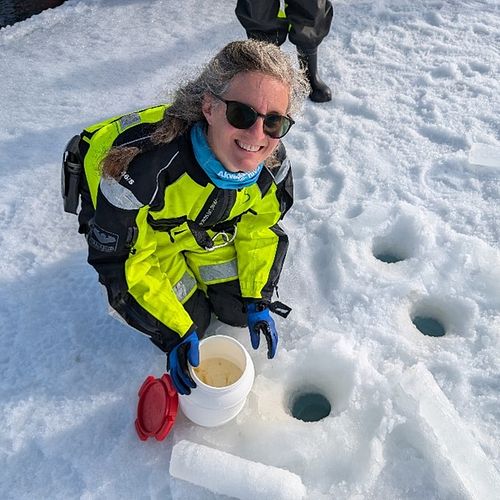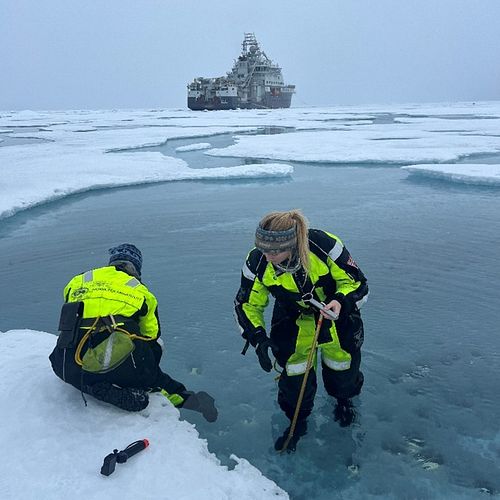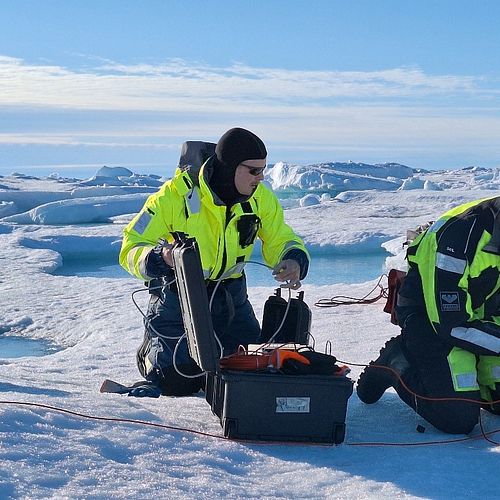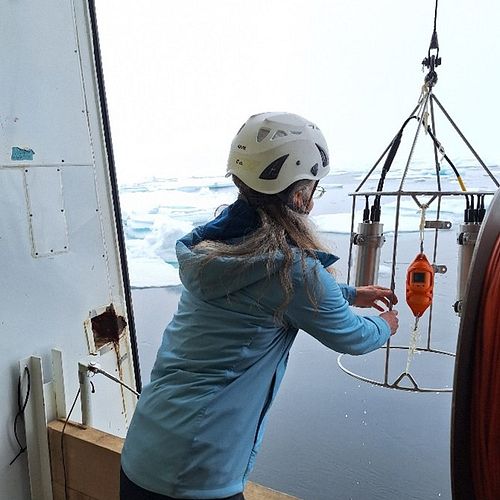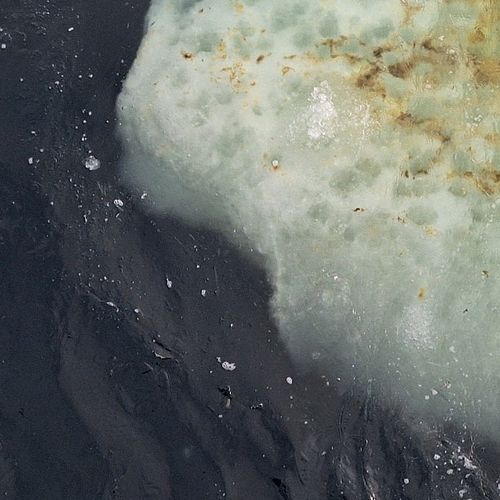26. august 2024 nyhet
By Eva Leu, Akvaplan-niva
Climate warming happens about four faster in the Arctic than any other place on Earth and is about to transform the environment there profoundly. Sea ice thickness and cover in the Arctic Ocean is decreasing rapidly, leading to more light reaching the surface ocean, and potentially more wind-induced mixing of the upper water column, too – as shown by a recent publication (https://www.nature.com/article...).
The SUDARCO project
In the Fram Center SUDARCO project, we work together across multiple disciplines with the common goal to provide scientific knowledge necessary to secure a sustainable development of human activities in this vulnerable area of our planet. One of the key questions in this context is how biological productivity will change in a future Arctic Ocean, and where production hotspots might be?
The basis of the marine food web in the Arctic Ocean consists of unicellular algae living in sea ice and the upper part of the water column (sea ice algae and phytoplankton). They use solar energy to synthesize biomass from CO2 and H2O through photosynthesis, but need also nutrients, such as nitrate, phosphate – and some as well silicate. These nutrients are found in much lower concentrations in the Arctic Ocean than in the coastal areas of the Arctic shelf seas. It is therefore crucial to understand processes that might lead to changes in the nutrient concentrations in the upper part of the water column where algae can thrive. Both large-scale horizontal transport by currents and different water masses as well as vertical processes such as turbulence and increased wind-induced mixing in more open waters can affect nutrient concentrations. Achim Randelhoff is studying these questions, with a special focus on nitrate, the nutrient mostly limiting biological production in the Arctic Ocean.
Together with Eva Leu, he recently joined this year's research cruise to the Arctic Ocean (led by NPI) as part of Akvaplan-niva's contribution to SUDARCO. Onboard of the icebreaker R/V Kronprins Haakon they travelled from Longyearbyen almost to the North Pole (88°12'), and seeing quite some ice-associated algae productivity along their way.
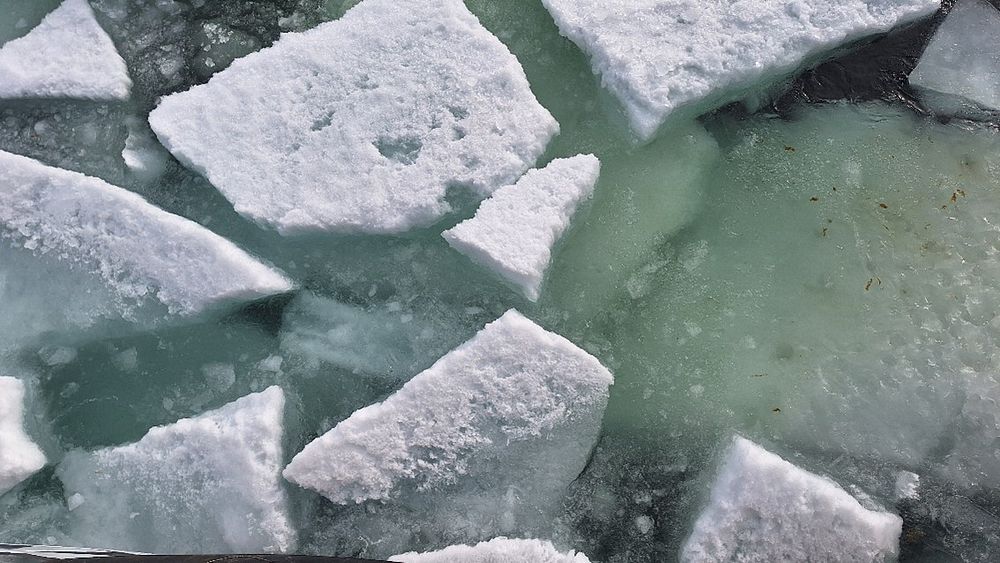
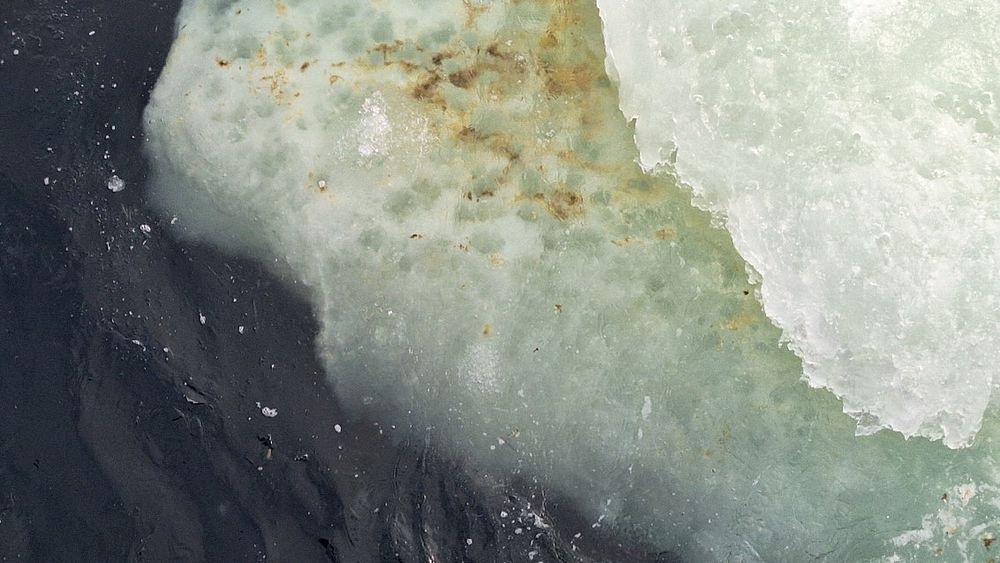
Algae associated with sea ice (Photos: Eva Leu/Akvaplan-niva).
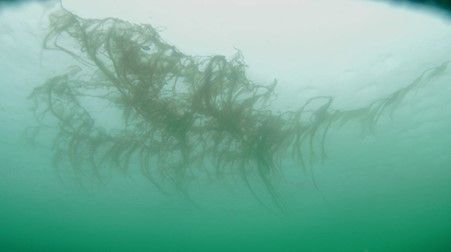
'Melosira arctica' assemblage attached to the underside of sea ice (Photo: taken with BlueEye ROV, Yannick Kern, NPI).
Together with colleagues from NPI Achim measured turbulence and other physical properties of the water column along a transect from the Amundsen Basin to the Nansen Basin.
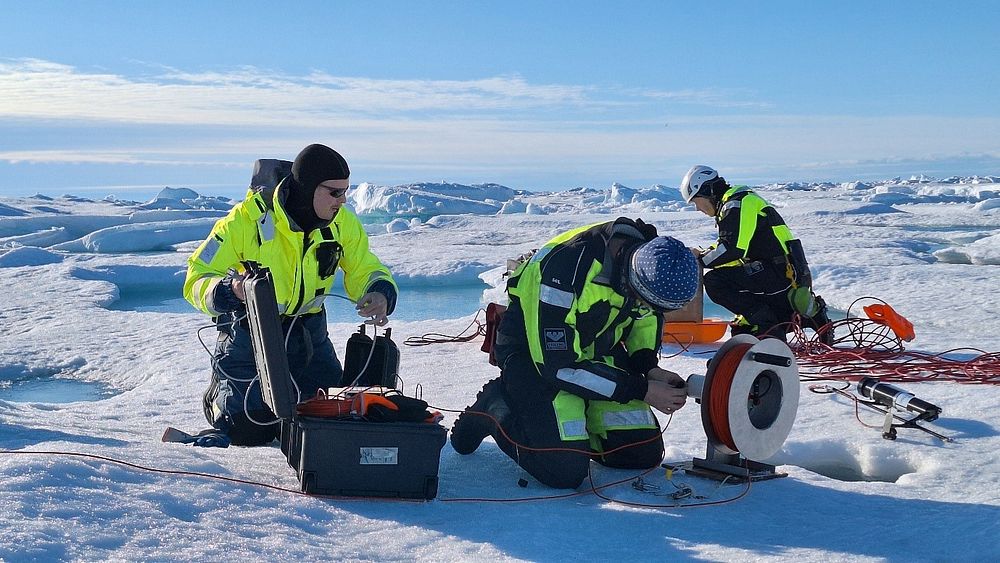
Achim Randelhoff (Akvaplan-niva) left and Morven Muilwijk (NPI) performing turbulence measurements through a hole in the sea ice (Photo: Eva Leu/Akvaplan-niva).
In addition, Randelhoff is also analysing data from nitrate sensors that were part of the ocean observatories (moorings) that autonomously collected two years of continuous data from the Amundsen and Nansen Basin, respectively. This is the first high-resolution time series of such measurements in the central Arctic Ocean and can provide important insights on seasonal dynamics and other processes controlling the amount of nitrate being available for biological production.
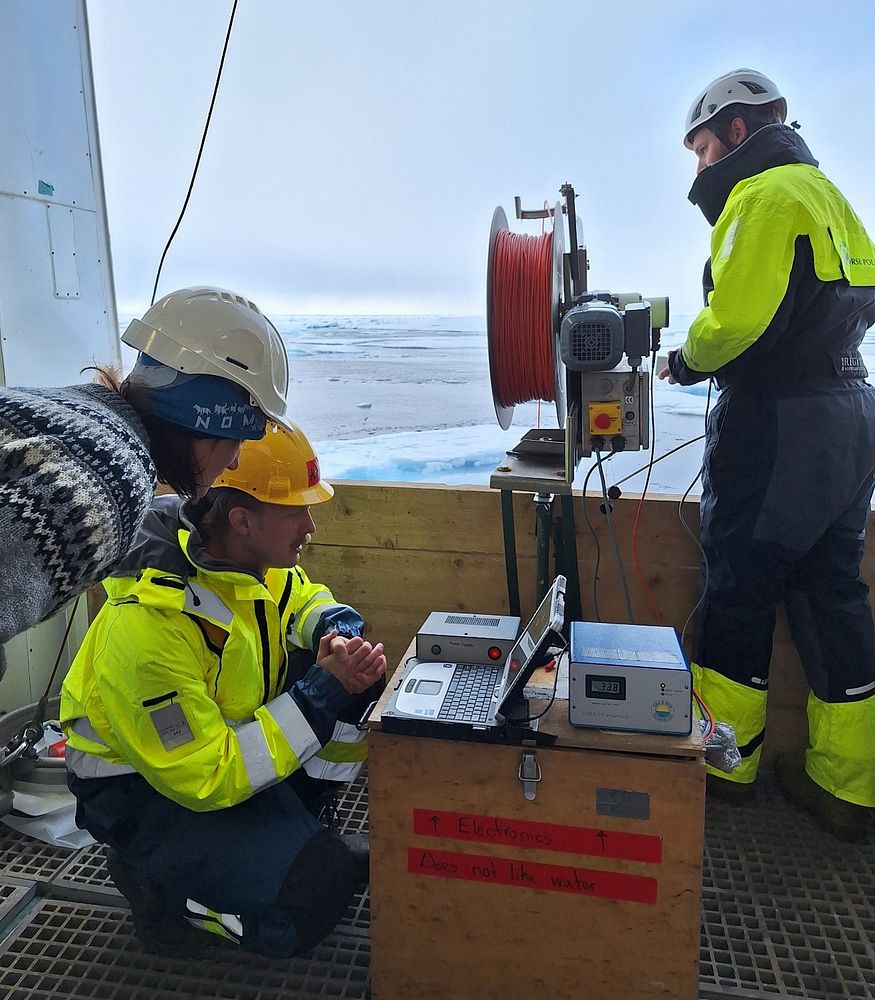

Eva Leu and Rebecca Duncan collecting algae from meltponds for measuring their productivity (Photo: Eirik Hellerud).

Eva Leu and Fowzia Ahmed taking water samples from a meltpond (Photo: Janne Søreide/UNIS).
To understand what the potential implications of these processes will be for biological productivity, Eva Leu and Fowzia Ahmed (PhD student at the University of Manitoba, Canada) took samples of phytoplankton and sea ice algae, and measured their physiological state, as well as their productivity (i.e. their ability to grow by taking up carbon and nitrogen) along a gradient of light, and under different nutrient concentrations. Algae were collected from ice cores, meltponds, with pumps and water bottles from different depths.
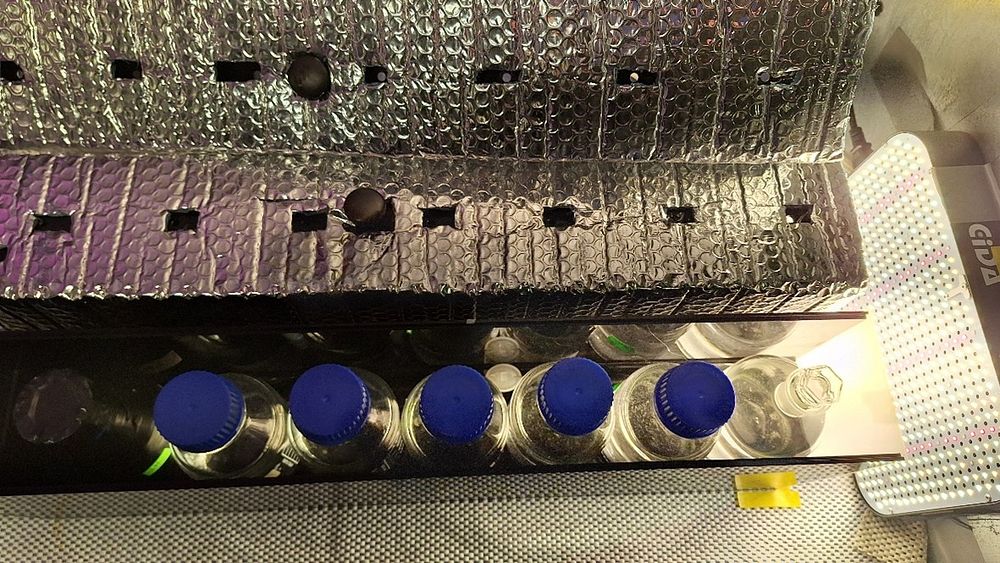
Incubation chambers for measuring carbon and nitrogen uptake in phytoplankton and ice algae (Photo: Eva Leu/Akvaplan-niva).
The results from these studies will help us to understand whether we can expect an increase or decrease in productivity in the future Arctic Ocean, and whether it will be primarily sea ice algae or phytoplankton profiting from it – or both. In some of our experiments we keep the algae under special growth light that fits the absorption qualities of their pigments perfectly, and on a shaker table to improve the uptake of nutrients. When switching off the light in the laboratory this almost gave the impression of a night club for ice algae. The samples collected in experiments and incubations will be analysed in Canada over the coming months.
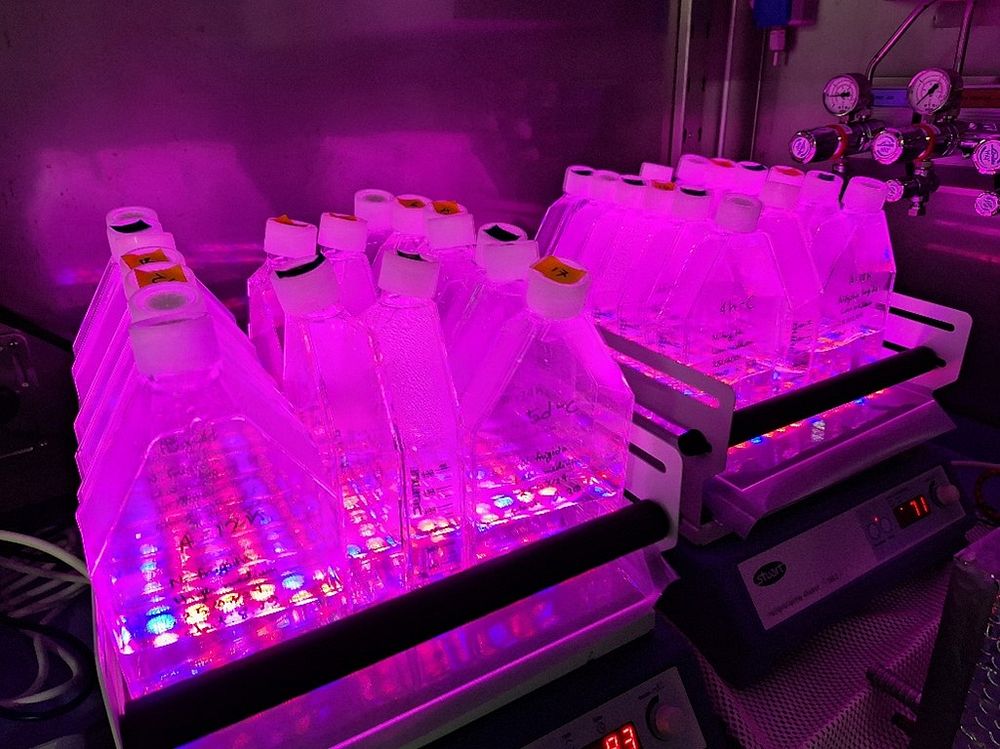
Experiments to study the effect of nutrient limitation on ice algae growth (Photo: Eva Leu/Akvaplan-niva).
Read more about the SUDARCO project which is led by the Norwegian Polar Institute, Paul Dodd: https://framsenteret.no/forskn...
